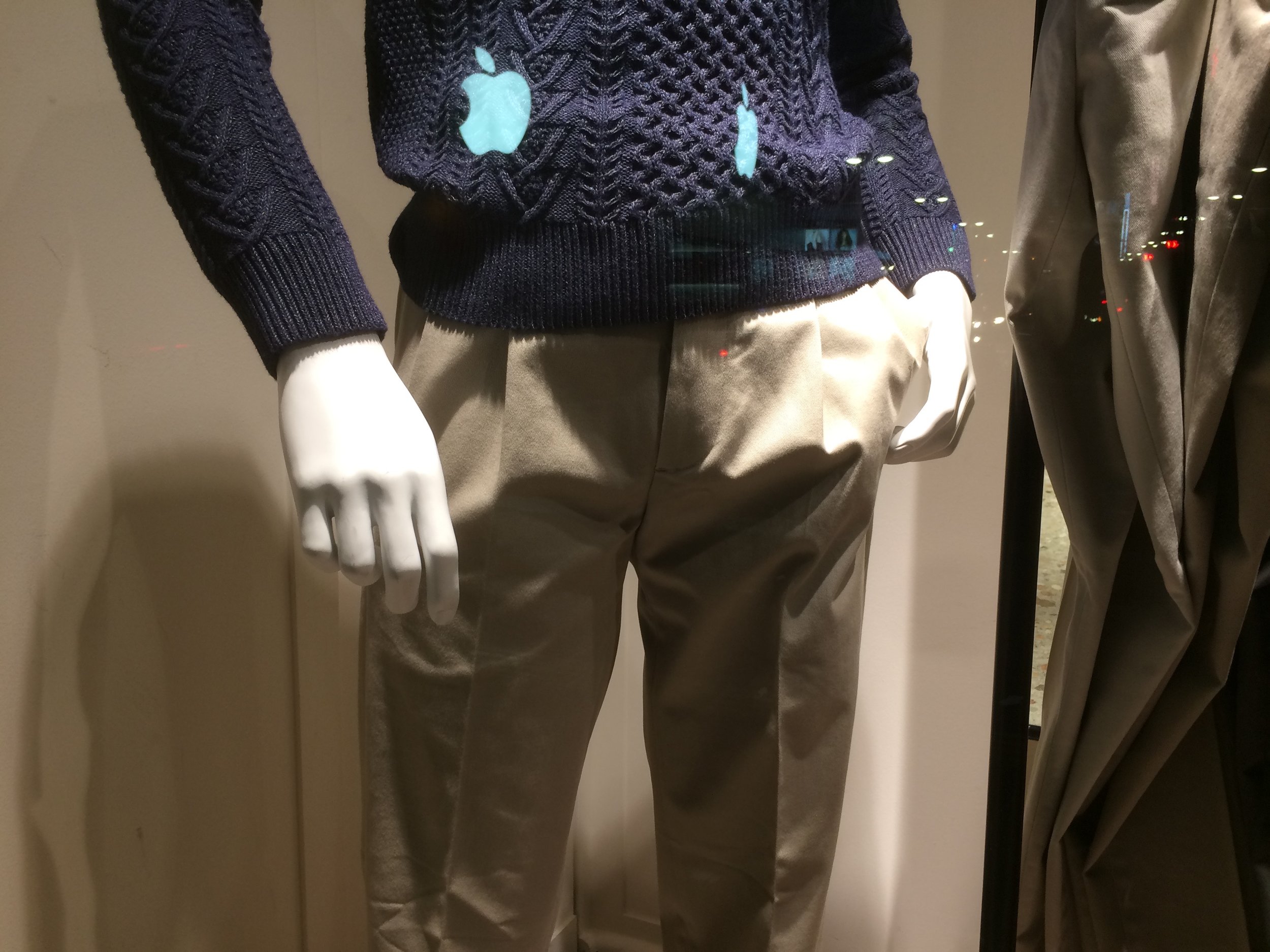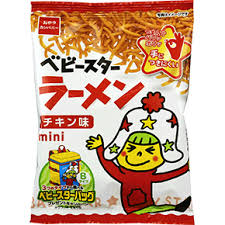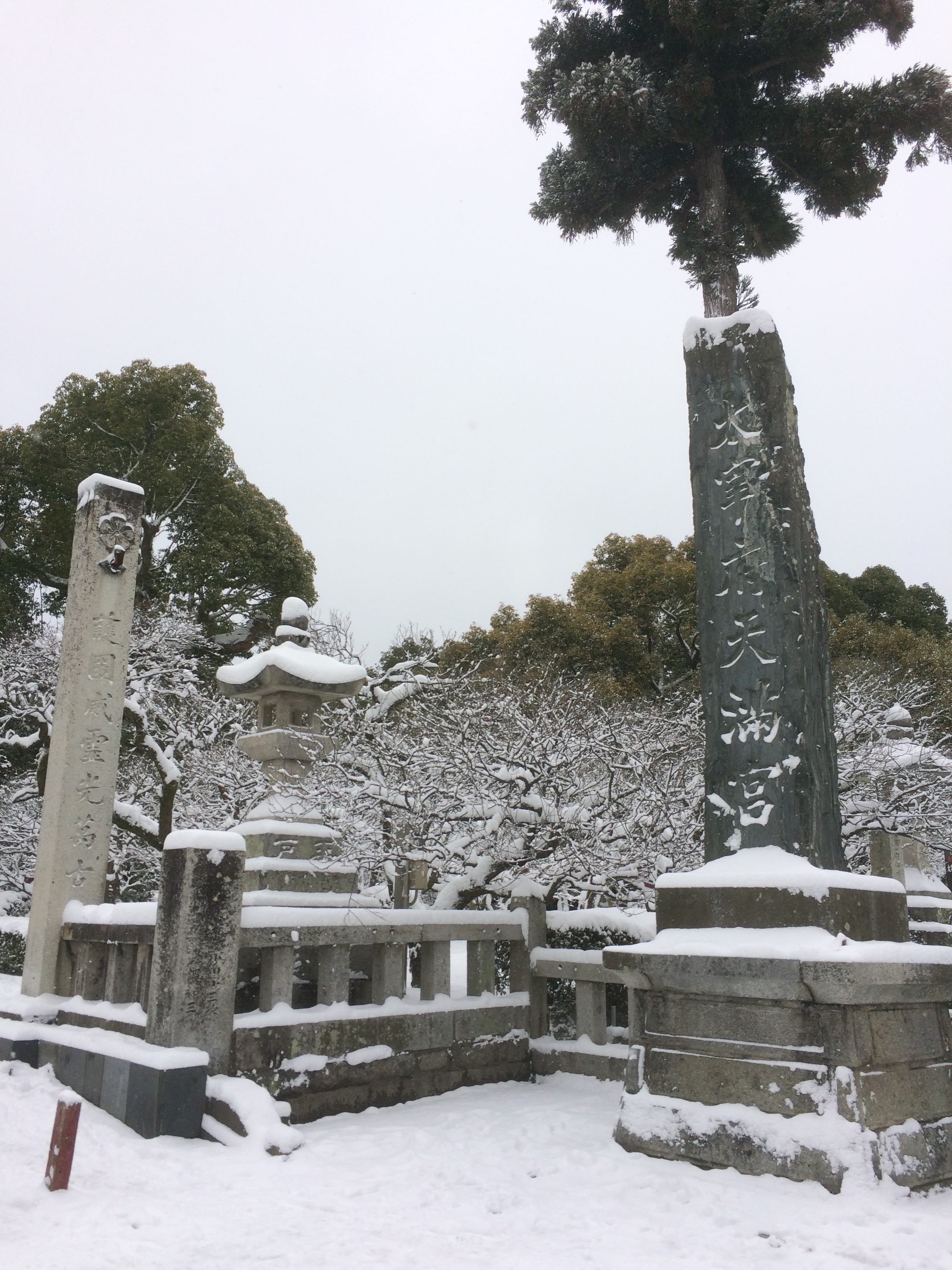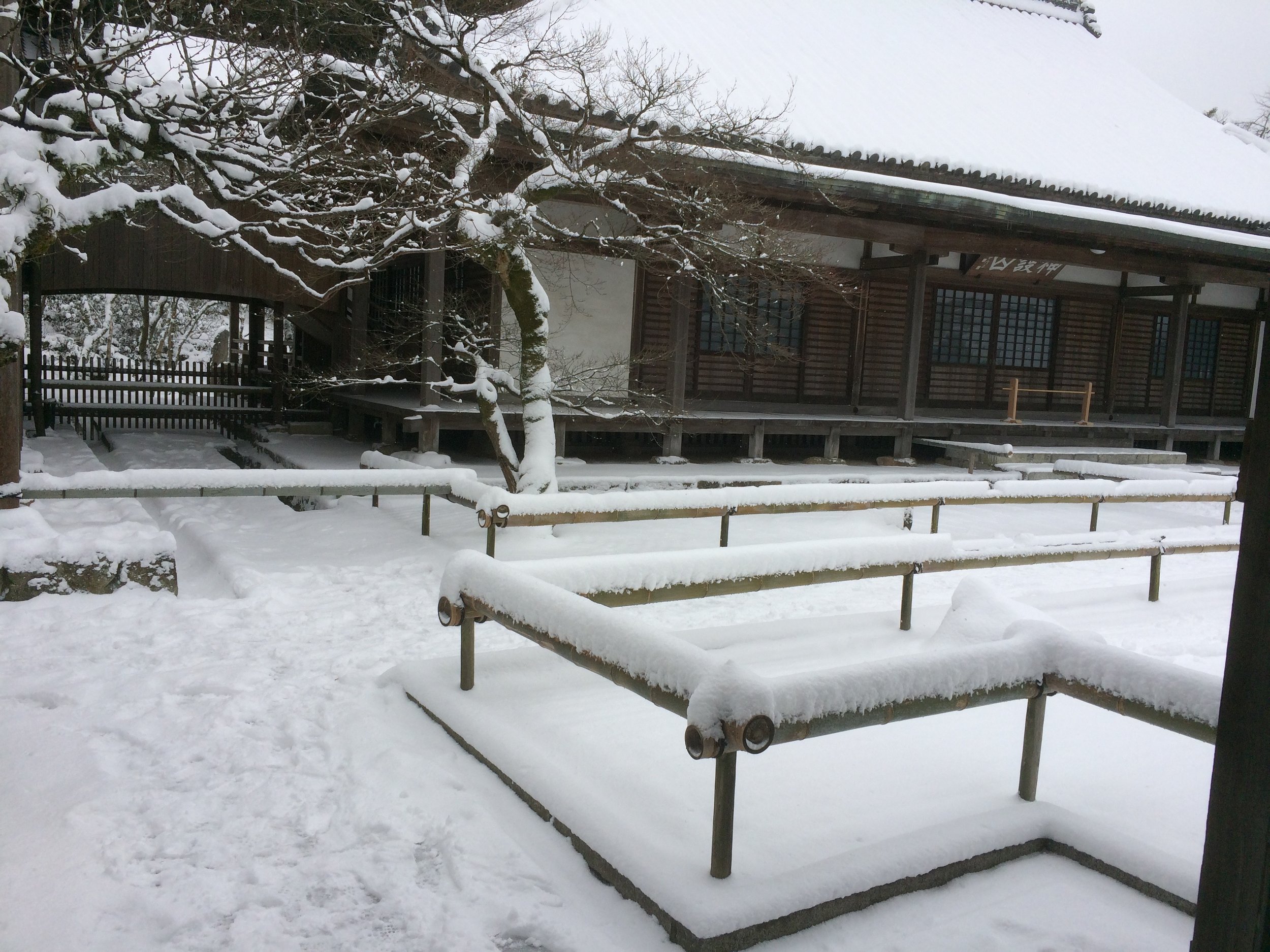They say 28.4 grams of prevention is worth 2.2 kilograms of cure, or something like that, but my sons weren’t having any of that banal malarkey. Nope. The two refused to wash their hands or gargle or wear a mask, no matter how nicely I asked.
So, I pestered: “For crying out loud, would you wash your hands when you come home!”
“No!”
I tried reverse psychology: “Fine! Don’t wash your hands. If you want to get sick, then get sick. It’s your choice.” Unfortunately, that had, had the opposite effect because getting sick meant staying home from school.
I read picture books to them about germs and hygiene. But the boys remained unmoved, unconcerned and unconvinced.
So, I cajoled and bribed: “Hey, kiddo, I’ll give you ¥50 if you wash your hands… ”
“Only ¥50?”
“A hundred. I’ll give you a ¥100.”
“No thanks.”
“No thanks? That’s good money! Ungrateful little… ”
In the end, I gave up, bowing to the inevitable: a full-blown flu epidemic in our home.
Patient zero was my younger son.
All the kids sitting at his lunch table at kindergarten became sick at the same time. Kindergartens, I discovered quite early, cultivate not children’s curiosity and emotional wellbeing, but mostly their germs.
The 5-year-old would spend the next week and a half coughing and wiping his snot on every surface he could reach, like a stray dog marking his territory. In that first week, I beseeched my older son to keep his distance, but the rascal couldn’t resist tormenting his sick brother day in, day out. That’s what older brothers are put on this earth for, after all. In the end, he, too, came down with the flu and spent the weekend vomiting.
“See? I told you to stay away from your brother and now look at you.”
He stuck his tongue out at me.
“Do you enjoy throwing up?”
“Yes.”
Local school regulations in Fukuoka City require children sick with the flu to remain home for three days after a fever subsides, meaning my son would have most of the following week off. Lucky for him, he was feeling much better after only two bedridden days and was ready to par-tay. No sooner did he show signs of recovery, however, than my wife became sick, too. And, the next day as I was out of town on business, I succumbed myself. It was to be expected. When you sleep with your children like the Japanese do, the bedroom is a petri dish.
On my way home from the station, the taxi driver seeing my mask asked if I had the flu.
“I’m not sure yet, but it does have all the hallmarks of influenza.”
“They say Fukuoka’s in the best three,” the driver said.
“Best? Don’t you mean the worst?”
The driver was right. Fukuoka Prefecture had the third-highest incidence of the flu after Kagoshima and Miyazaki. Oita, Saga, and Nagasaki come in sixth, seventh, and eighth respectively. Nationally, children up to the age of 9 have been hardest hit, with almost 600,000 cases being reported so far.
The following morning, my doctor stuck a pool cue up my nose, tickled my brain and diagnosed me with the same strain that had already infected everyone else in my family: Type-B influenza. Symptoms include a slight fever, joint pain, fatigue, a sore throat, a runny nose and a cough. It’s not the worst strain of the disease, but you can expect to feel out of kilter for about a week.
Just as my older son was making a full recovery and set to return to school, we were sent an email informing us that because 10 of his 28 classmates were now sick, his class would be closed for a week.
“Hooray!” he shouted in triumph. “My second winter vacation!”
I suspect my son imagined a week filled with cartoons, DVDs and Netflix, picture books, board games, dodgeball in the park, ice skating and so on. But, no, this being Japan, his teacher paid our home a visit, carrying a nice fat packet of homework.
Six months pregnant with her third child, Sensei was once again going above and beyond the call of duty. Among Organization for Economic Co-operation and Development (OECD) countries, teachers in Japan put in the longest working hours and earn much less than their more laidback counterparts in the U.S., Canada and Australia. It’s not surprising how teachers here can rack up the hours walking from house to house, making sure their charges have the necessary study materials. Seeing this dedication to the job in action, my wife and I thanked Sensei profusely through our surgical masks.
“Thanks for nothing,” my son shouted after his teacher left.
It was only then that the value of simple prevention finally hit home. When my son returned from soccer practice today he washed his hands without being asked and I nearly fainted.































